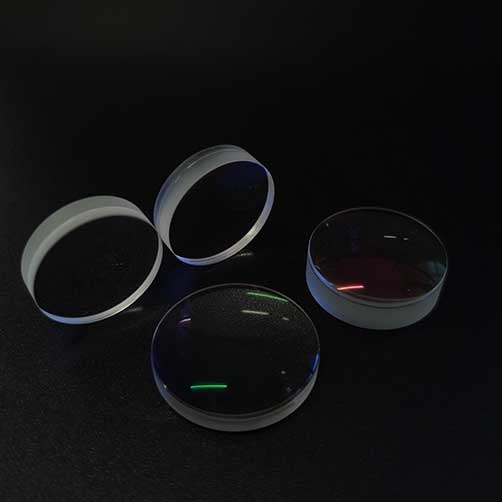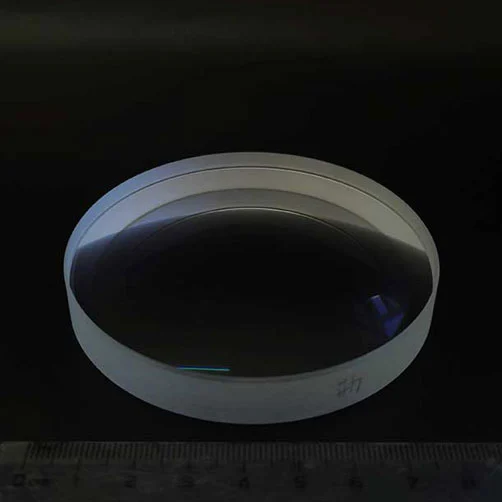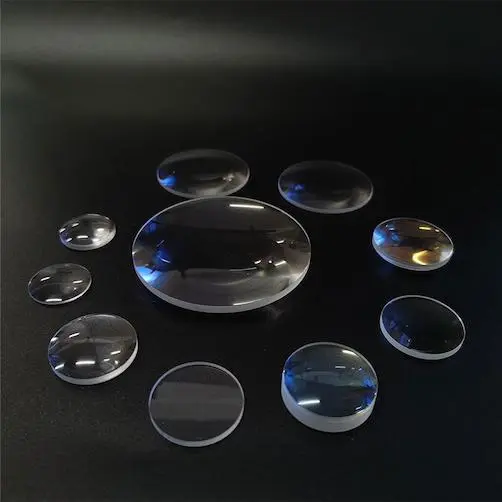
The spherical lens has a spherical surface, and the radius of curvature of the entire lens is the same. On the contrary, the surface of an aspherical lens is more complicated, and the curvature gradually changes from the center to the edge. These design differences can reduce the number of components in the assembly and result in thinner and lighter lenses.
The surface of a spherical lens looks like a part of a spherical or cylindrical surface. The curve is the same across the entire surface. If you draw a straight line along the curve, it will form a circle. Due to the simple design, the design of spherical lenses is usually cheaper. While the surface of the aspheric lens must not be part of a sphere or cylinder. The curve of some parts of the lens surface changes to better focus the light. This change in the surface can correct various aberrations.

A spherical lens is a basic type of optical lens with a symmetrically curved surface. The surface curvature is uniform across the entire lens, forming a perfect sphere. Spherical lenses are the simplest and most common type of lenses used in various optical systems. Types of spherical lenses bend and focus light rays to create images, magnify objects, or correct vision problems in eyeglasses. However, they may suffer from optical aberrations, such as chromatic aberration and spherical aberration, which can affect image quality in certain applications.
An aspheric lens is a type of optical lens with a non-spherical surface curvature. Unlike traditional spherical lenses, which have a constant curvature across their surface, aspheric lenses have a varying curvature, allowing them to correct optical aberrations and improve image quality. Aspheric lenses are used in various applications, such as cameras, telescopes, microscopes, laser systems, and medical devices, where precise focusing and aberration correction are essential for achieving high-performance optics.
In terms of appearance, spherical lenses are "potbelly", but aspheric lenses are relatively flat, so from an aesthetic point of view, aspheric lenses look better. Aspheric lenses have many advantages. For example, aspheric lenses are precisely designed and optimized for lens power combinations, so they are thinner and more resistant to collisions than spherical lenses. Therefore, people with high magnification lenses usually wear aspheric lenses.
When you look at things through the lens, the difference will be more obvious. When looking around a spherical lens, distortion occurs. Due to the design of the aspheric lens, the aspheric lens can minimize the difference between the edges of the lens and see objects more naturally, with less distortion and more realism.
Aspheric lenses are very good, why do people choose spherical lenses? For friends with mild myopia, spherical lenses and aspheric lenses are almost the same, there will be no aberration problems, and the lens thickness is similar. Considering the price factor, you can choose a spherical lens.
In addition, for a small number of people who are particularly sensitive to colors, if they wear aspheric lenses, they will feel rainbow phenomenon, so you can try to replace spherical lenses.
Other optical lenses hot topics:



